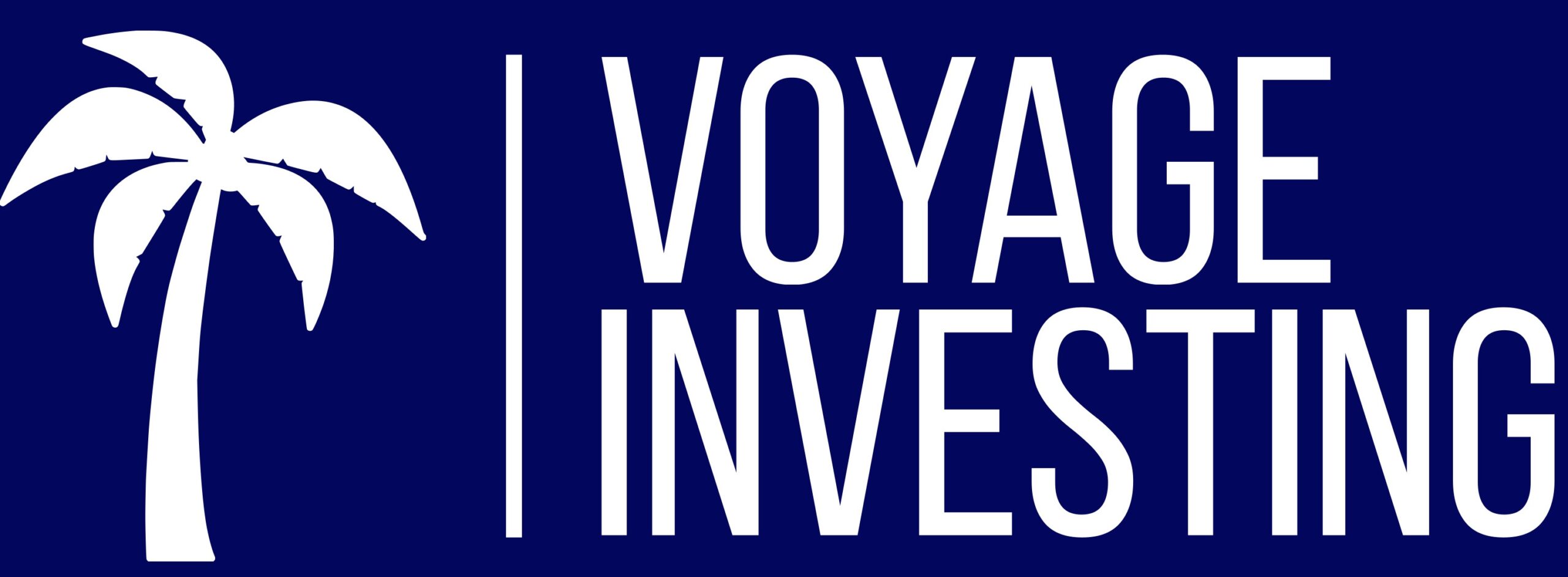Debt Vs Equity Investments. Which is Best?
By Amanda Cruise
You’ve done it. You’ve made the decision to invest passively in real estate. You are ready for your returns without the hard work of managing tenants, repairs, or securing financing. You start looking for opportunities to invest and get a bit overwhelmed by all of the options.
Does this sound familiar? It did to me when I started investing. Even within a seemingly narrow category like real estate investing, there are infinite ways to invest your money. In this article, I’ll focus on two frequent ways we set up investments: debt and equity.
Debt Vs Equity
Debt investments are typically loans made to an individual who will be purchasing real estate. Your loan is secured by the real estate, but you don’t actually own that real estate.
Equity investments are where you have an ownership, or equity, stake in the real estate being purchased.
Equity structures often have larger returns all-in compared to debt structures. However, the cash on cash returns with an equity structure tend to be lower than those of a debt structure, especially early on in the investment. It’s often a trade-off between cash now (debt structure) vs higher overall return, even if that return comes later (equity structure).
Someone looking to receive more cash flow immediately is probably better suited for a debt structure. An individual with plenty of cash flow now who is looking to maximize overall returns will likely gravitate toward an equity structure.
Lots of investors like to have a split between debt and equity investments to ensure plenty of cash flow now as well as the longer term, typically higher yield from equity investments.
Let’s dive in with some scenarios.
Let’s Start With The (More Simple) Debt Structure
Debt structures are easy to understand because they are straight interest. I’ll break down a debt structure scenario and the key components. Debt structures can be ideal investments for individuals looking for more cash flow immediately.
Debt Investment Scenario:
We purchase a mobile home park using a debt structure. The park is $250,000 and we are putting money into improving the park, plus money to inspect and close on the park as well as reserves.
We raise $210,000 from investors who get a 10% return on their investment starting right after closing. These investors count on the steady cash flow of this structure that starts immediately. Their investment is secured by a second-position loan on the property (the bank is 1st position).

Each month, starting immediately after closing, our investors receive $1750 in interest payments. Annually that works out to $21,000 (10% of the principal they invested).
We sell the property (or refinance the property) after 2 years. The property sells for $600,000. Our investors receive their $210,000 principal back and at that time, stop receiving interest payments.
 Typical Components of a Debt Structure
Typical Components of a Debt Structure
- Investors have a loan secured by an asset, not ownership of the asset itself
- Cash on-cash returns in this structure are typically higher than equity investments. This is typically more exaggerated early in the investment.
- Ideal for predictable cash flow
- Typically these structures are used for flipping properties (buying, adding value quickly, selling)
- Are often shorter-term than equity investments, though that doesn’t have to be the case
Now For The Equity Structure
Equity structures are simple to understand as far as having an ownership stake in the property. From there, the structures can diverge into different types of distribution structures, depreciation splits, etc. We won’t complicate things here. Let’s focus on a straight forward equity scenario:
Equity Investment Scenario:
We purchase a retail center using an equity structure. The asset is $3,00,000. Because we are value-add investors, we are putting money into improving the asset. We’ll also need money to inspect and close on the property as well as reserves.
We raise $800,000 from investors. This is an equity investment, so we will use a typical syndication structure where our passive investors own 70% of the asset, and we, as the syndication sponsors, own 30% of the investment.
 In value-add equity investments, cash flow will typically be smaller at first and grow over time as the property’s income increases through filling in vacancies, raising rents, etc. When the property sells, the profit from the sale is split among all owners (passive investors + sponsors).
In value-add equity investments, cash flow will typically be smaller at first and grow over time as the property’s income increases through filling in vacancies, raising rents, etc. When the property sells, the profit from the sale is split among all owners (passive investors + sponsors).


Typical Components of an Equity Structure
- Investors have ownership in an asset
- Cash on-cash returns in this structure are typically lower out of the gate compared to debt investments. That could be the case for the entire investment and especially early on.
- Ideal for maximizing long-term returns
Which Is Best?
Where are you in life and what are your needs? Are you looking for immediate cash flow? Look into the debt structure. Do you have plenty of cash flow and want to maximize returns? Look into an equity structure.
You can also split your investments between these structures to ensure cash flow in the near term as well as great overall returns.
If you’re interested in passively investing, make sure you join Voyage Investing’s Investor Circle to see any investment opportunities we have now or in the future.


